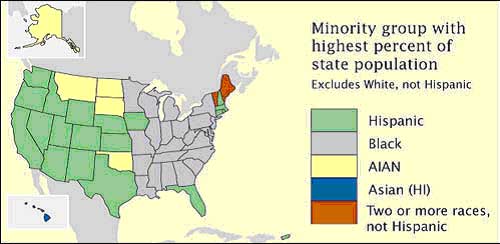A Historical Map is a map that shows places and events of the past. Our Historical Map has color-coordinated data classes that plot the location of old monastaries and provinces in Ireland in the year of 650 AD.
This image was taken from: http://www.google.com/imgres?imgurl=http://www.wesleyjohnston.com/users/ireland/maps/historical/map650.gif&imgrefurl=http://www.wesleyjohnston.com/users/ireland/map_index.html&usg=__TkmzJu6IjM5KWJvpV9atJyX2MKI=&h=599&w=452&sz=20&hl=en&start=1&um=1&itbs=1&tbnid=lVSh9ExXnjznyM:&tbnh=135&tbnw=102&prev=/images%3Fq%3Dhistorical%2Bmap%26um%3D1%26hl%3Den%26sa%3DG%26tbs%3Disch:1
